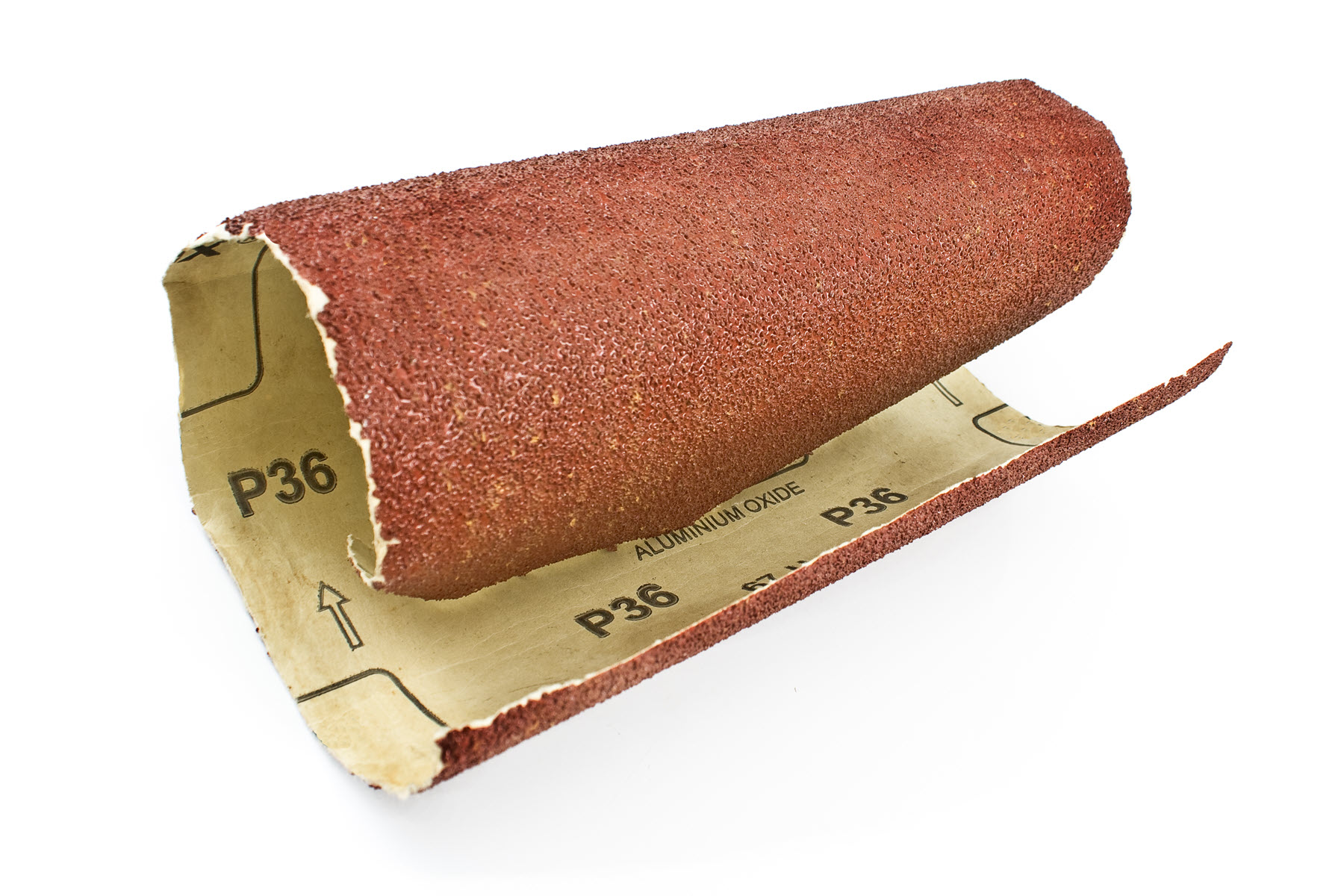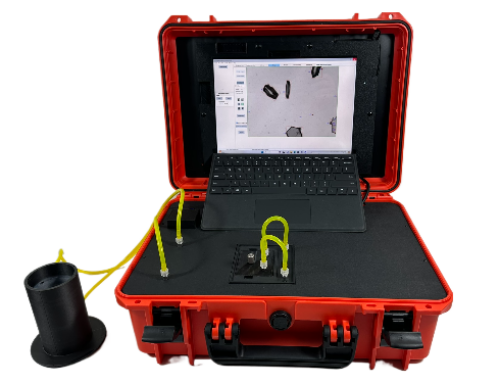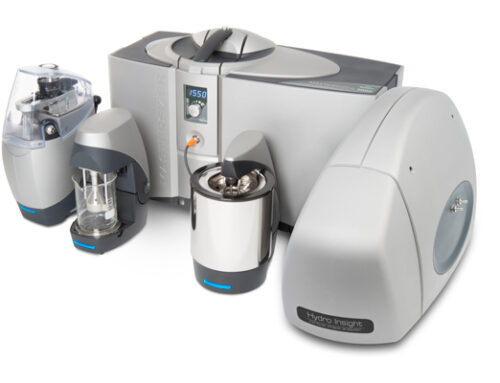Particle size is a critical factor in qualifying abrasive powders. Larger particles typically produce an aggressive cutting action with fast material removal rates, albeit with a poor surface finish. Smaller particles, by contrast, offer a smoother finish with significantly reduced rates of removal. It is the mean particle size distribution (PSD) of abrasive grains that determines the grit, with higher numbers correlating to smaller particles. However, PSD is not the only important parameter in abrasive powder consistency. Particle shape analysis can also play a key role.
Size and shape are not the primary concerns of a user in wear applications. Material selection tends to matter most, with the right abrasive powder varying depending on the use case. Common abrasive materials include:
- Aluminium oxide (Al2O3)
- Silicon carbide (SiC)
- Garnet
- Cubic boron nitride (CBN)
However, the performance of a given abrasive mainly depends on the size and the shape of the cutting grains. Grit, or particle size, is a decent indicator of cutting performance because it offers an insight into the estimated removal rate. But it is not the final word in guaranteeing consistency. Particle shape analysis offers complementary insights as the cutting action of a given grain is not solely determined by size but also by smoothness. Cutting grains are typically hard-wearing and faceted. The edges of these facets are essentially the cutting/grinding points of the individual particle. If the profile of particles is highly smooth, their size will not amount to much in the way of cutting/grinding.
Read More: Why Particle Shape is Important
Laser diffraction is the most widely used method of particle sizing today, but it offers no insight into particle shape. The size measurement refers to the equivalent diameter of a sphere with an identical diffraction pattern. Thus the shortcomings of laser diffraction for determining abrasive powder consistency become self-evident.
Using Image Analysis in Abrasive Powder Applications
Dynamic imaging particle shape analysis is advantageous for measuring abrasive powders as it is a direct technique which enables accurate size measurement plus a wide range of complementary data. You can explore the aspect ratios, opacity, smoothness, circularity, etc. Are you interested in how this applies to abrasive powder applications? Watch our video on the particle shape of abrasive powders.







